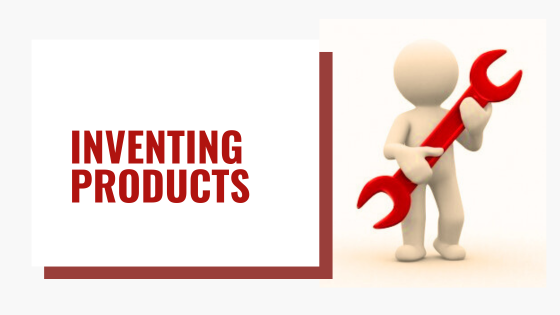For many inventors, turning an idea into a profitable invention is the ultimate goal. In this competitive market, inventors must develop a strategic plan to monetize their ideas and inventions effectively. Let’s see how do inventors get paid?
Licensing Your Invention
Licensing is a popular way for inventors to earn income from their creations. Under a licensing agreement, the inventor (licensor) grants a company or individual (licensee) permission to use, produce, and sell their invention for a specified period. In return, the inventor receives royalty payments or a lump sum.
To license an invention, it’s essential to protect your intellectual property with a patent. Services like InventHelp can guide you through the patent application process and help you find potential licensees to strike a deal with.
Selling Your Patent
Selling your patent involves transferring your patent rights to another individual or company, at which point you will no longer retain any ownership. Selling outright can be an attractive option for inventors who want to receive a lump sum payment and avoid the challenges of marketing their invention.
When considering the sale of your patent, consult a patent professional or an organization like InventHelp to assist with valuations and negotiations.
Manufacturing and Marketing Your Invention
If you prefer to retain control over your invention, you can opt to manufacture, market, and sell your product yourself. Although this route can be more lucrative, it also demands higher levels of commitment and investment in areas like manufacturing, marketing, and distribution.
InventHelp and other invention service companies can offer guidance on how to transform your idea into a market-ready product and help you develop a sales and marketing plan.

Collaborating With or Working for a Company
Inventors can also work for a company as an employee or collaborate as a consultant. In these roles, the inventor can develop and enhance their creations, while the company takes on responsibilities like production, marketing, and distribution.
Employment or partnership agreements should define the inventor’s compensation, which could include a salary, royalties, or a combination of the two.
Crowdfunding and Investor Support
Inventors can turn to crowdfunding platforms or seek investors to raise funds for their inventions. A successful crowdfunding campaign can generate the necessary capital to manufacture, market, and distribute products while bringing attention to your creation.
Partnering with investors can also accelerate your invention’s development by providing access to resources, guidance, and connections in the industry. However, working with investors often means sharing equity, which can affect your control over the invention and profits.
Can InventHelp offer funding? InventHelp does not offer funding. The company is a business service provider that helps inventors bring their ideas to market, but it cannot fund your creation. Instead, InventHelp connects inventors with investors who may be interested in investing in their ideas.
Conclusion
In conclusion, there are many ways for inventors to get paid for their inventions. The most appropriate pathway depends on the inventor’s goals, resources, and capabilities.
Organizations like InventHelp can play a crucial role in helping inventors navigate the challenges of turning innovative ideas into profitable products. From applying for patents to seeking licensing deals or producing and marketing the invention, it’s essential to consider each option carefully and make informed decisions throughout the entire process.








